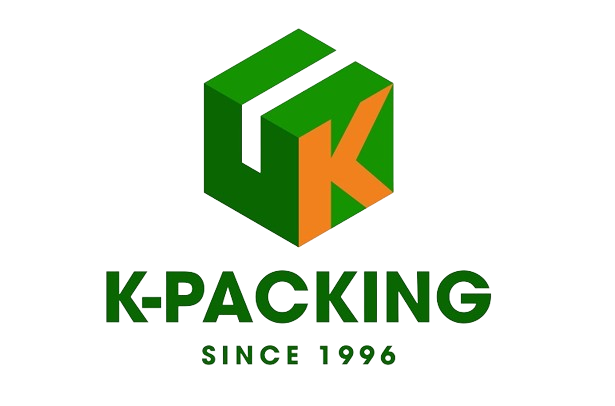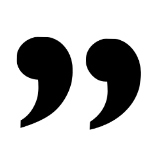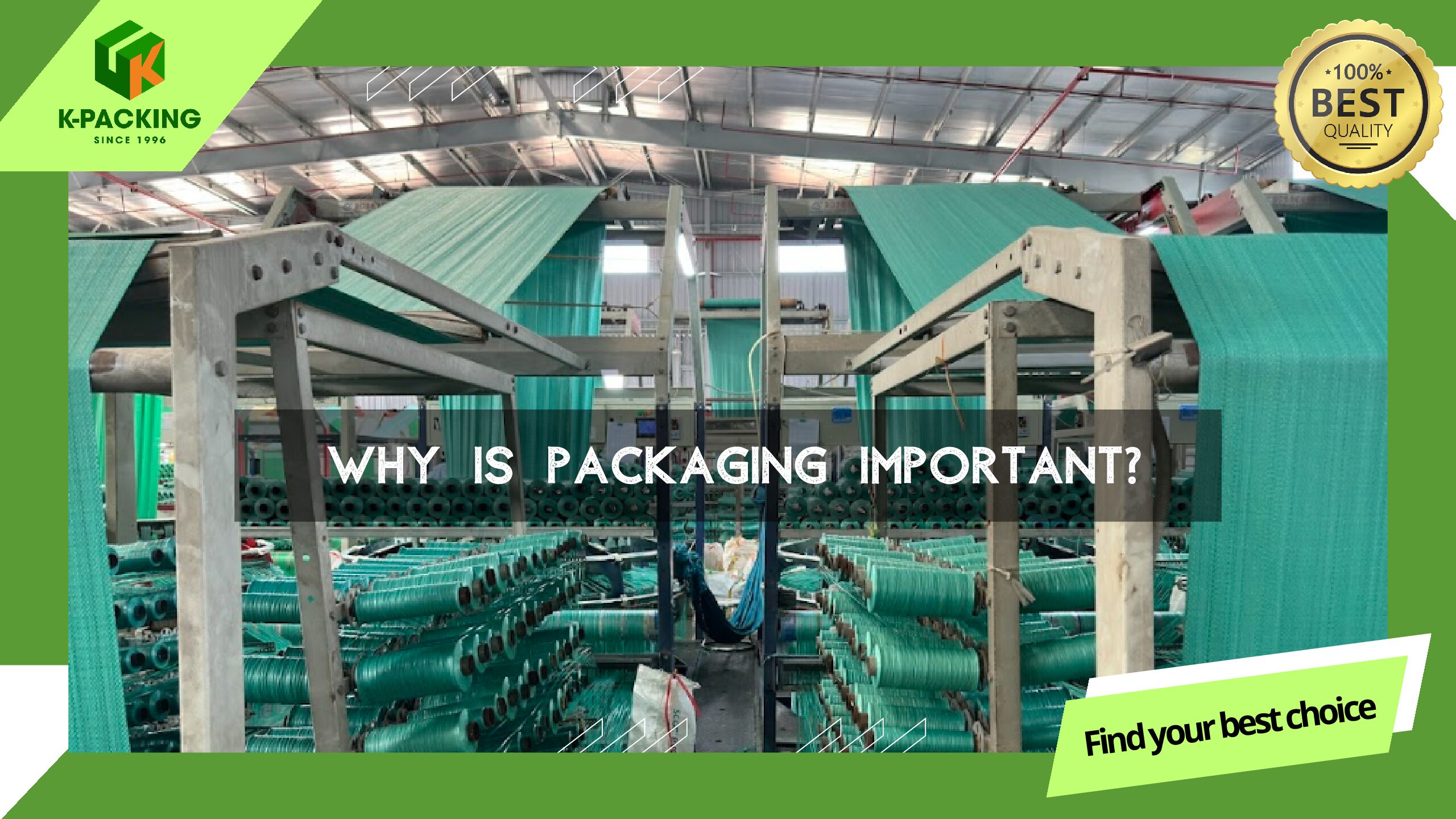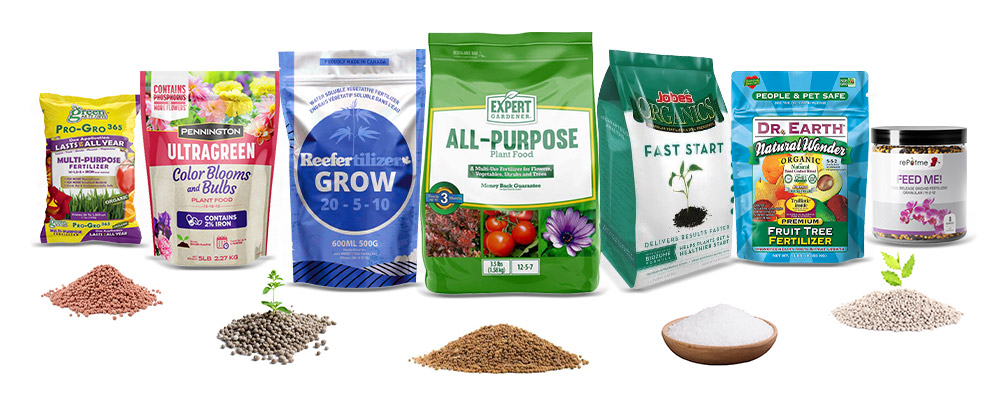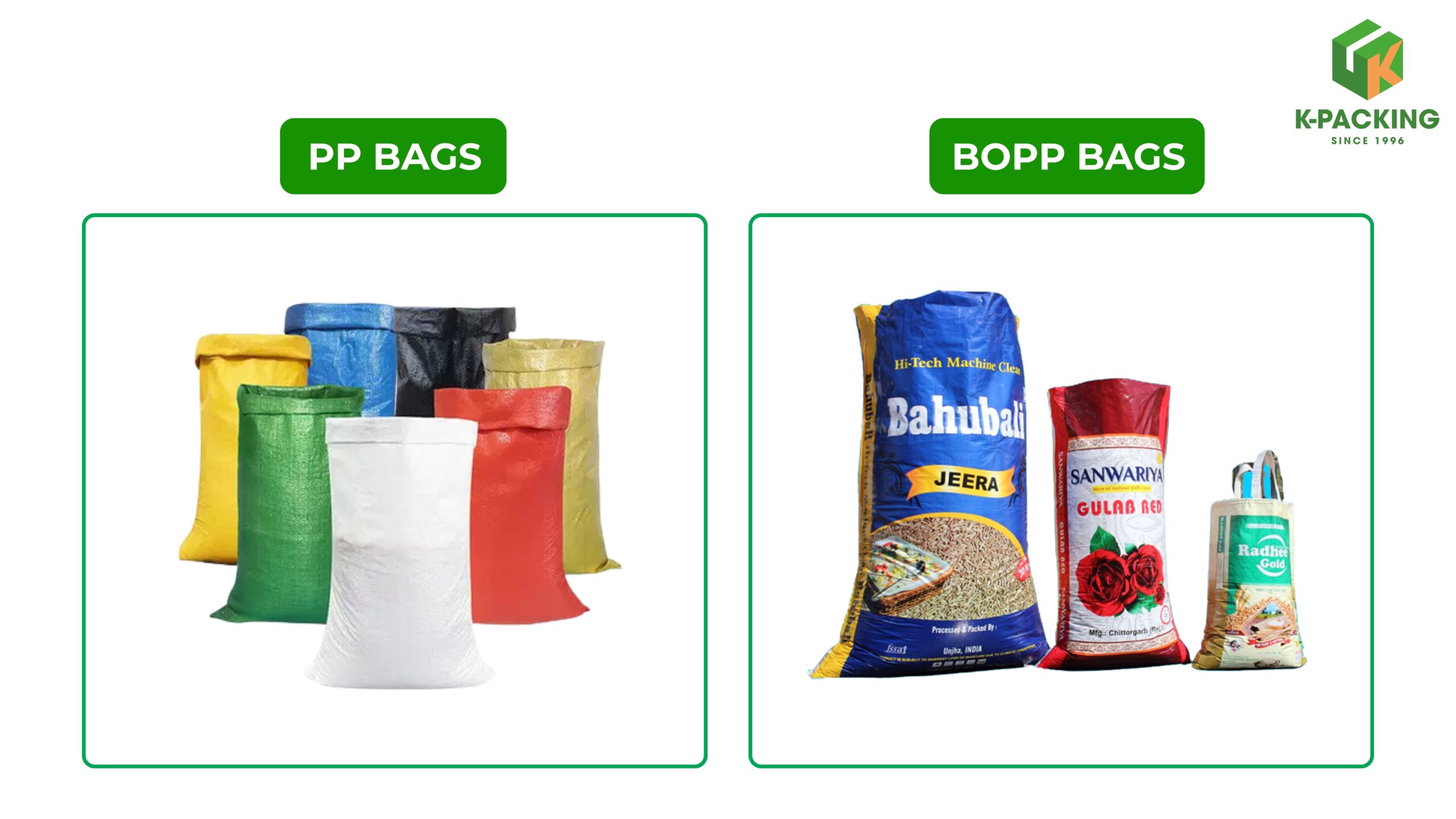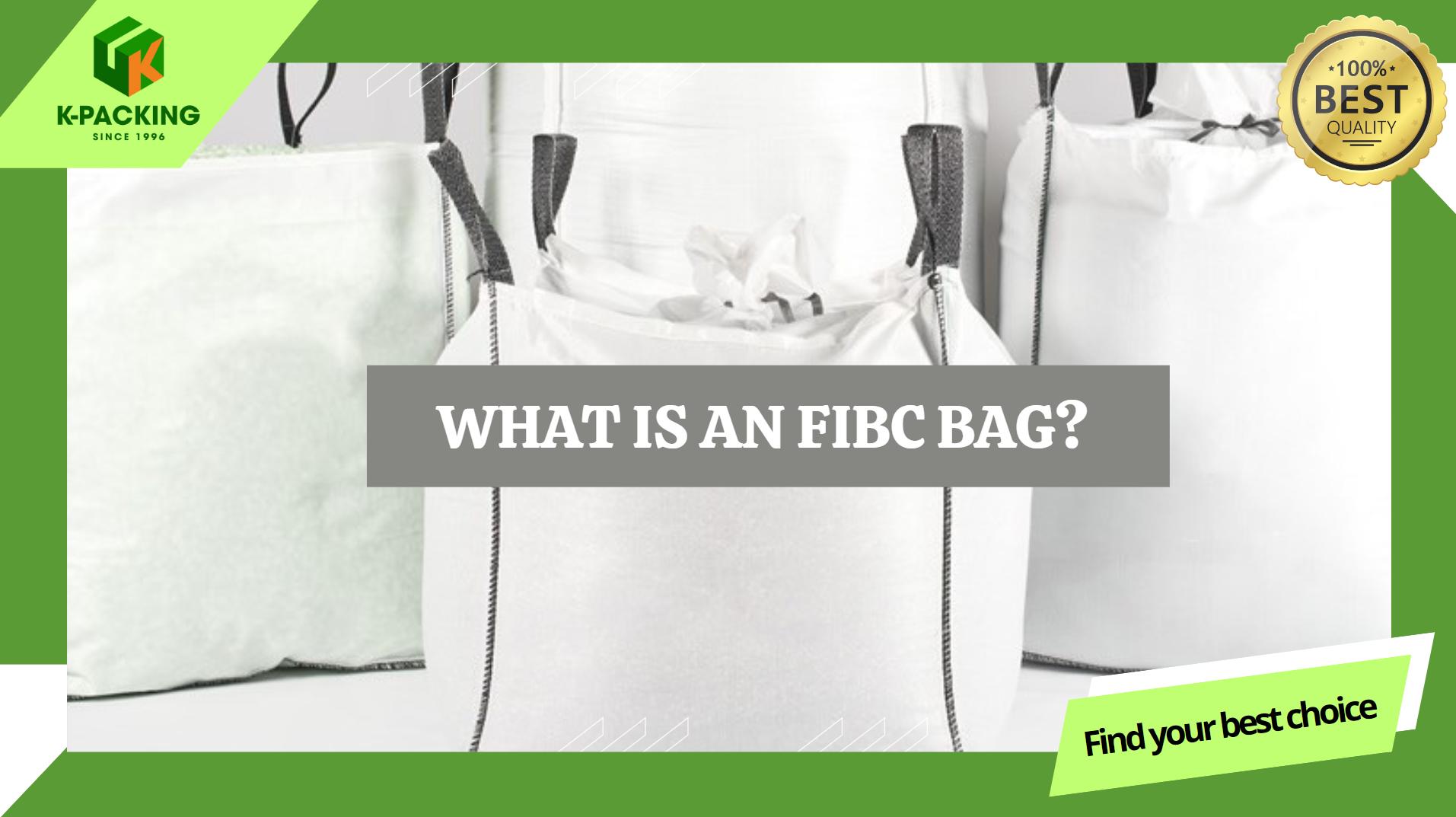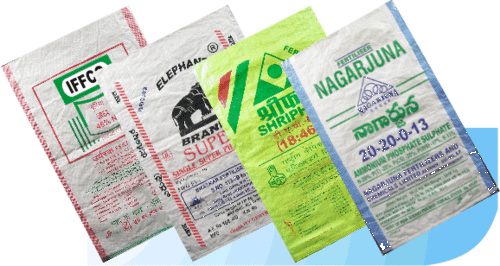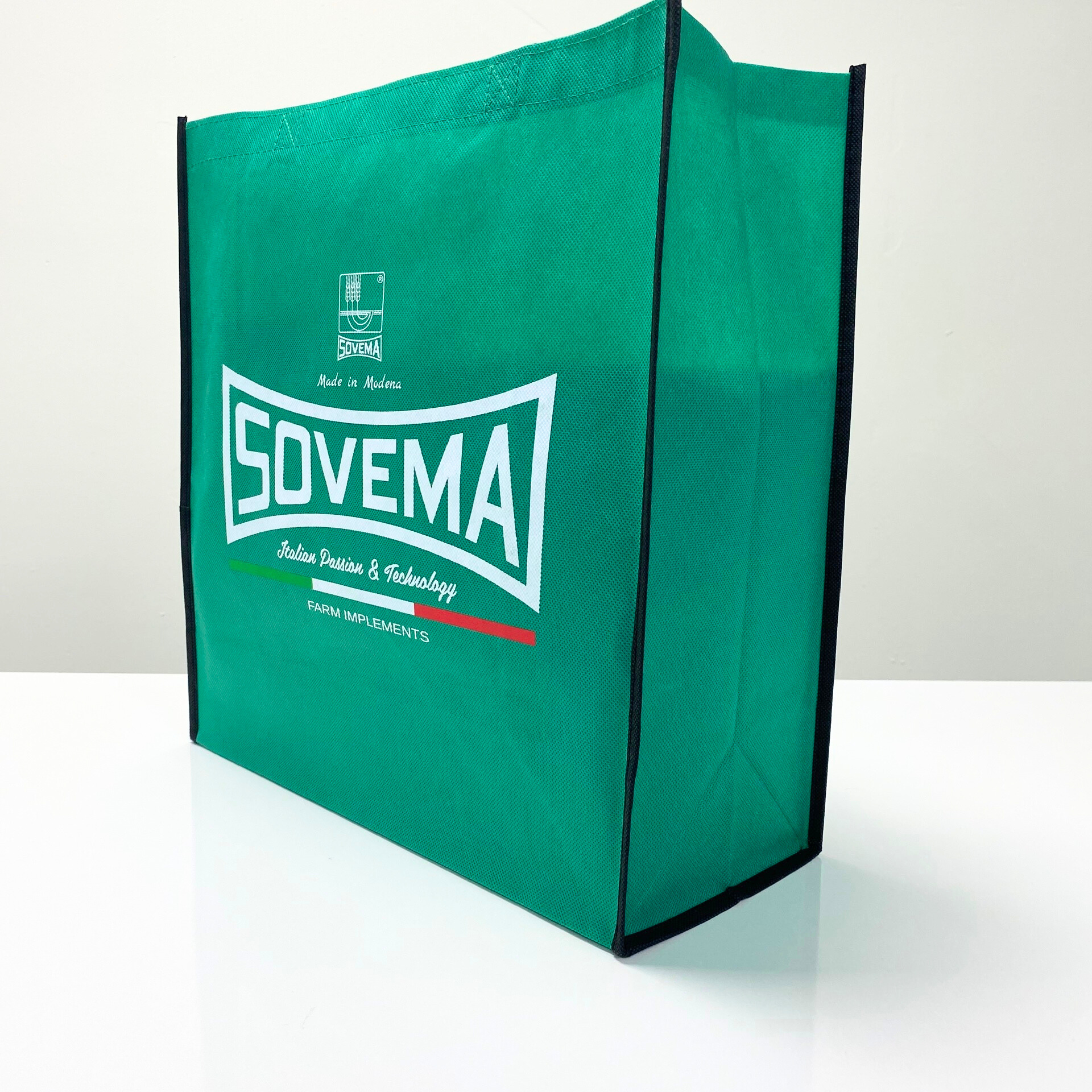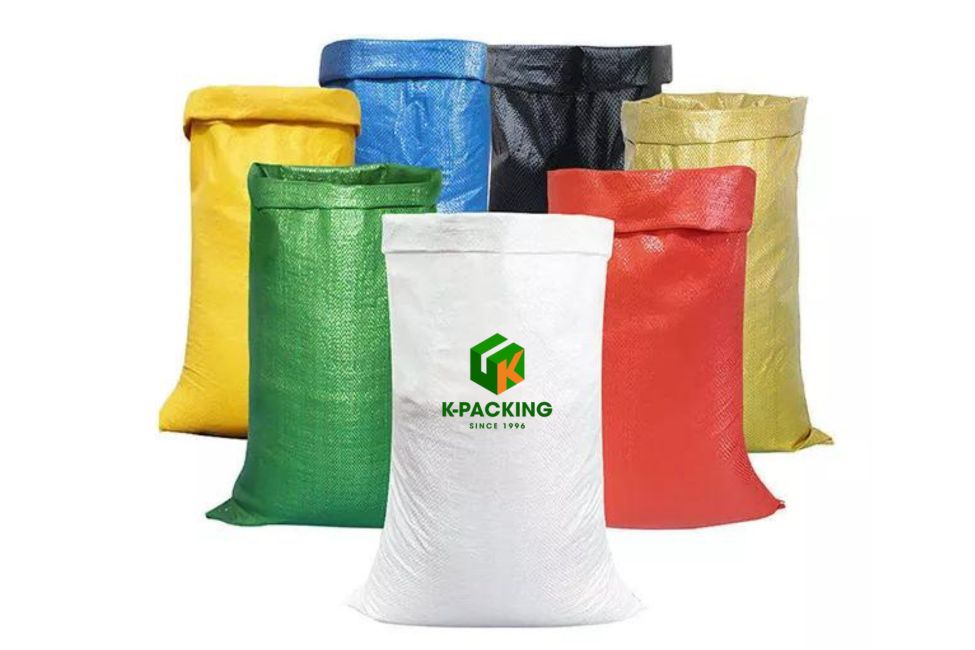There’s no denying the convenience of single-use plastic bags, but as more people become climate-conscious, many still wonder about the true environmental impact of these bags compared with woven PP bags. This article will break down the key differences, explore which option is truly greener, and offer practical suggestions for both businesses and consumers.
1. Single-use plastic bags and woven PP bags explained
Choosing the right bag isn’t just about convenience – it’s also about understanding the impact each type of bag has on the environment. Before comparing their sustainability, let’s first look at what exactly counts as a single-use plastic bag and what defines a woven PP bag.
1.1. What is considered a single-use plastic bag?
A single-use plastic bag is the thin plastic bag you often get for free at supermarkets or convenience stores to carry your purchases. These bags are usually less than 2.25 mil thick (about 0.057 mm) and are made mostly from petroleum-based plastic or bio-based materials such as corn, sugarcane, or other plants.
Importantly, even bags labeled as “biodegradable,” “compostable,” or “eco-friendly” are still considered single-use if they are only used once and then discarded. In other words, they are the familiar lightweight plastic bags – convenient, but also a major source of pollution if not reused or disposed of properly.

1.2. What is considered a woven PP bag?
A woven PP bag is a strong, reusable bag made by weaving flat strips of polypropylene into a tough, tear-resistant fabric. This industrial weaving process makes the bag far more durable than thin, single-use plastic bags, allowing it to carry heavy loads like rice, grains, fertilizer, or construction materials. Unlike disposable bags, woven PP bags are designed to be used many times, making them a more sustainable choice for bulk packaging and transport.
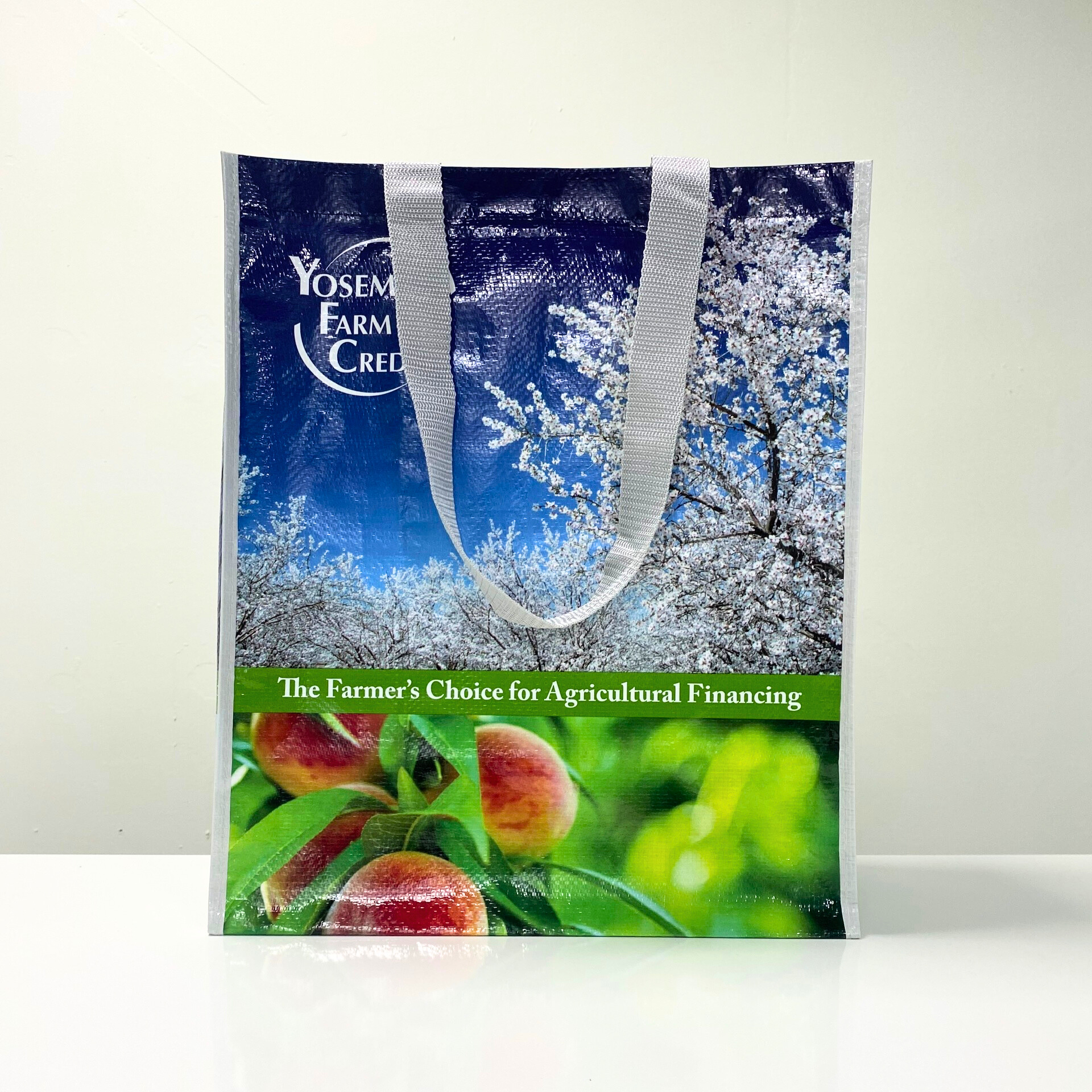
2. Woven PP bags vs. single-use plastic bags
Choosing between woven PP bags and single-use plastic bags isn’t just a matter of convenience – it’s about understanding their long-term environmental and economic impact. Below, we compare both options across several key criteria to help you see which one makes more sense for sustainability and cost efficiency.
2.1. Energy and resource use
Woven PP bags do take more energy and raw materials to make – from extruding the polypropylene tapes to weaving the fabric and stitching it into a finished bag. This is their biggest downside.
But according to CNN, after just 10-20 reuses, a woven PP bag “breaks even” in terms of climate impact compared to a thin plastic bag – a number that’s easy to reach for most households and businesses.
Single-use plastic bags may look “greener” if you only count production energy – they’re very thin and cheap to make – but that’s only part of the story. After use, they are easily blown out of trash bins, washed into drains, and carried to rivers and oceans. It’s not unusual to see plastic bags tangled in tree branches, floating at the beach, or wrapped around marine animals. Over time, they break down into microplastics that end up in the soil, water, and even our food chain. So the real cost of single-use plastic isn’t just production – it’s the massive cleanup effort and long-term environmental damage they leave behind.
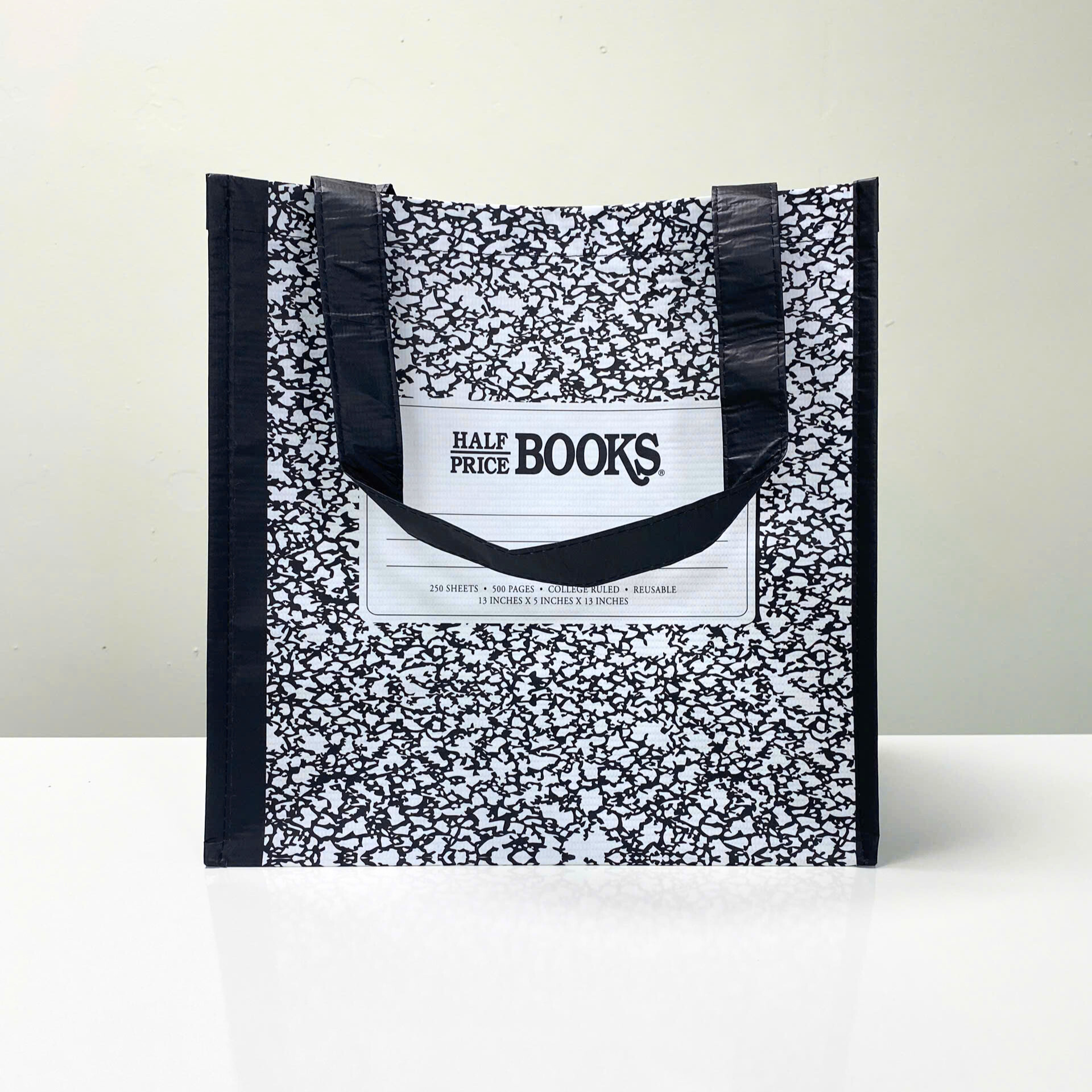
2.2. Durability and reusability
One of the biggest advantages of woven PP bags is how tough they are. The woven fabric is highly tear-resistant, allowing each bag to carry anywhere from 10-50 kg depending on its GSM and stitching. This makes them perfect for heavy loads – rice, grains, fertilizer, even construction materials – and they can be reused many times for storage, transport, or resale.
Single-use plastic bags, on the other hand, are thin and flimsy. They rip easily if overloaded and are usually thrown away right after use. At best, they might get a “second life” as a trash liner before heading to the landfill – meaning their lifespan is extremely short compared to a durable woven PP bag.
2.3. Environmental Impact
When used regularly, woven PP bags can replace dozens – even hundreds – of single-use plastic bags, cutting down the amount of plastic waste that ends up in landfills and waterways. Because they are sturdier and have real value, they are far less likely to be littered or left to blow away in the wind.
Single-use plastic bags, in contrast, are one of the most visible forms of pollution. They clog drains, get stuck in tree branches, and are often seen floating in rivers or along beaches. Wildlife can mistake them for food or become entangled in them. Over time, these bags break down into microplastics that contaminate soil, water, and eventually the food chain – a long-term problem that is far harder to solve than simply reusing a durable bag.
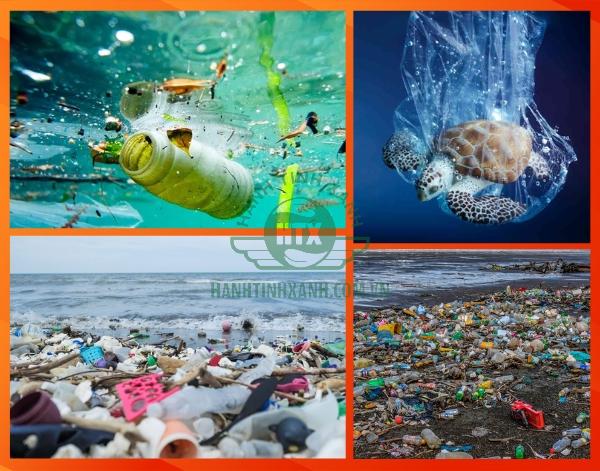
2.4. Cost per use
Woven PP bags do have a higher upfront price, but the math changes once you start reusing them. Each reuse spreads out the cost, making them cheaper per trip over time. For businesses handling bulk goods, they can even save money by reducing losses from bag breakage and product spillage.
Single-use plastic bags may seem inexpensive – or even free – but the costs quietly add up. Every shopping trip means more bags to buy, distribute, and eventually dispose of. On top of that, businesses and communities often end up paying for the cleanup and waste management of discarded plastic bags.
2.5. Brand image and customer experience
Woven PP bags are more than just packaging – they can be turned into mini billboards for your business. With custom printing, vibrant colors, and bold logos, every bag becomes a walking advertisement that spreads your brand message wherever it goes. Choosing durable, reusable bags also shows customers that your company takes sustainability seriously – something many buyers actively look for today.
Single-use plastic bags, on the other hand, rarely create a positive impression. In markets where reducing plastic waste is a priority, still using thin disposable bags can even hurt your brand image and make your business look outdated.
3. What you can do
There’s no denying the convenience of single-use plastic bags – they are still widely used around the world. But for the sake of our health, our communities, and the planet, it’s worth rethinking how we use them.
Start by reusing the bags you already have as many times as possible before throwing them away. When you need to replenish, switch gradually to woven PP bags or other durable options. They last longer, reduce waste, and send a positive message about your commitment to sustainability.
By making this small change, you not only cut down on plastic pollution but also contribute to a cleaner, safer environment for future generations.
Conclusion
Single-use plastic bags may be cheap and convenient, but their environmental cost is far higher than it seems. They clog drains, pollute waterways, harm wildlife, and eventually break down into microplastics that find their way into our food chain.
Woven PP bags, on the other hand, require more resources to produce but quickly make up for it when reused enough times – often after just 10-20 uses. They are stronger, reusable, and can even carry your brand message while helping reduce plastic waste.
The choice is clear: keep using what you already have as much as possible, but start shifting towards woven PP bags and other durable solutions. This small switch can make a big difference for your business, your customers, and the environment.
